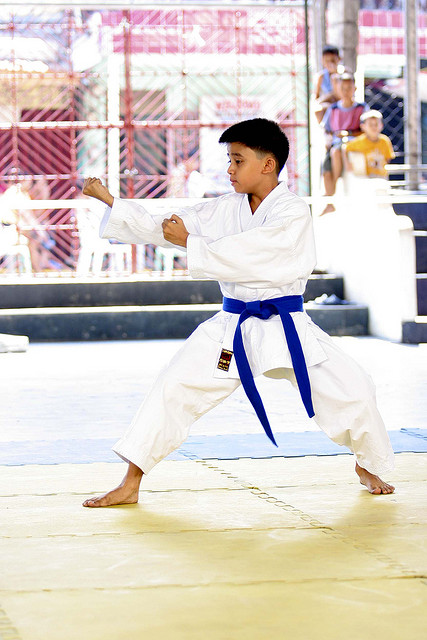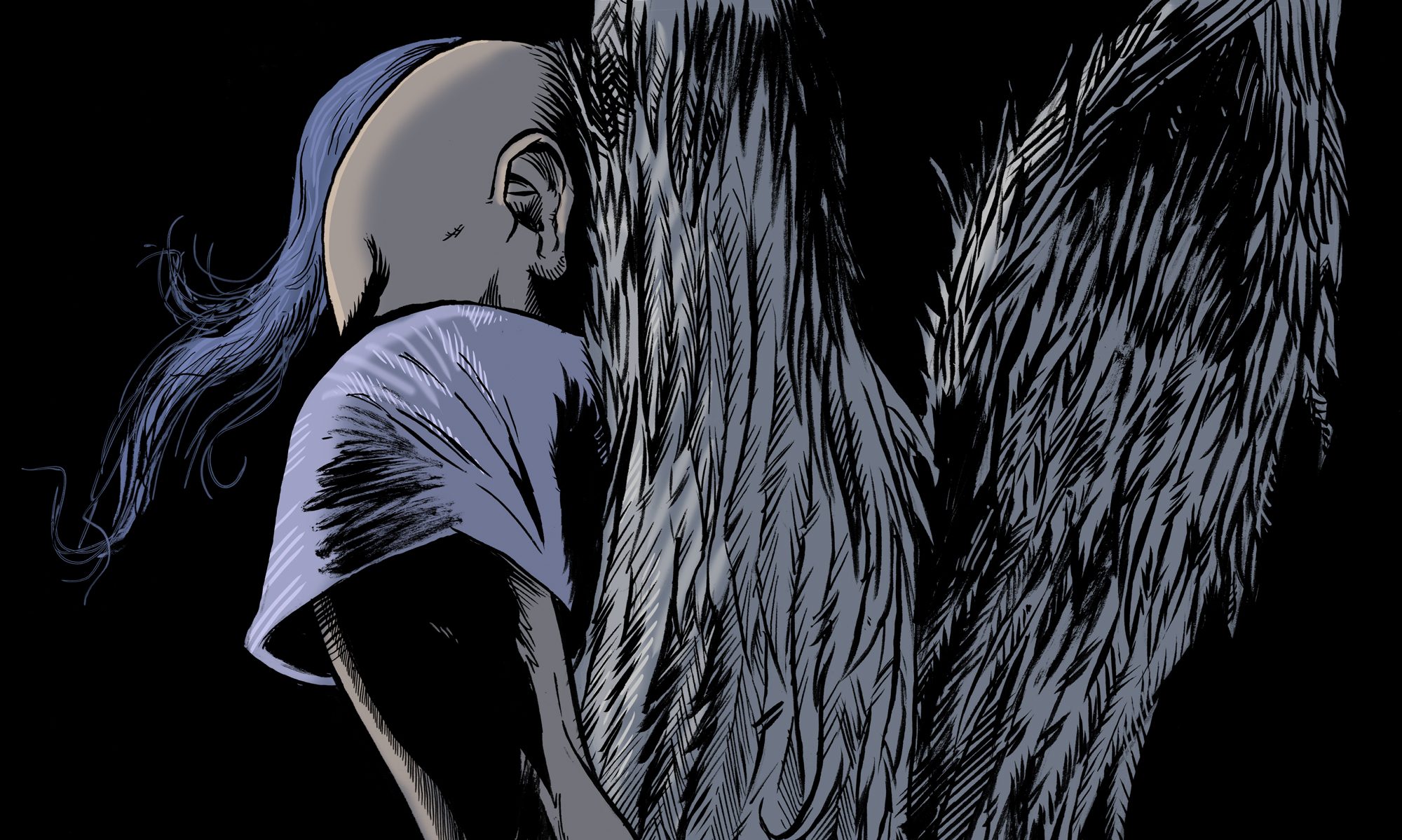 Last night, as is often the case on Wednesdays, I watched my son in his karate class. The classes shift occasionally, so it happened that on this night, the class I watched was a special one devoted to presentation and building confidence. It seemed a little looser and more fun, and I was happy to see my son engaged (though still a little embarrassed when called to perform in front of the others).
Last night, as is often the case on Wednesdays, I watched my son in his karate class. The classes shift occasionally, so it happened that on this night, the class I watched was a special one devoted to presentation and building confidence. It seemed a little looser and more fun, and I was happy to see my son engaged (though still a little embarrassed when called to perform in front of the others).
Many martial arts have a segment of the practice devoted to mastering memorized forms, sometimes called katas. They’re a choreographed series of steps meant to serve as a training routine and also as a presentation unto itself. At each of his belt tests, my son has had to present various forms, which are judged by the instructors.
In the final fifteen minutes of this particular class my son’s instructor asked the students to invent their own form. Ten steps—anything you want!—now go!
The resulting chaos was amusing, but also very interesting. Given a blank canvas, these students reacted in different ways. Some stood still, staring at the mirrored wall and contemplating the multitude of options. Others lapsed into familiar memorized steps. Still others went wild, mixing together an varied assortment of moves, haphazardly jumping, spinning, and chopping.
This array of behaviors caused me to reflect on my own martial arts training. As an adolescent I studied karate, receiving my black belt at age fifteen. I had tried several different schools, but it was a community recreation center karate instructor who really inspired me. His name was Bill, and he taught a relatively small system called Ashan-Tao.
What was interesting about Ashan-Tao was that, first, Bill’s classes were very informal compared to many of the other schools. It worked for me. Brought me out of my shell. However, more important (to this story at least), was the fact that this particular system did not believe in memorized forms.
In my recollection, Ashan-Tao was founded to be a very pragmatic form of the art. It focused on full-contact boxing and sparring so that practitioners would be able to understand what it really feels like to have someone punch you. Forms, I was told, ask you to rely on memory. They ask you to think about a series of moves, to recall that exact series over and over again. But in a fight, you don’t have time to think. You can move in a memorized form. You need to react.
Memorized forms are certainly good for for learning how to slip fluidly from one move to another. They also help hone your technique. But watching my son’s karate class reminded me that some of the dangers of memorization is that you get locked into it. Freed from it, as the students were last night, they each faced a certain crisis.
Ashan-Tao focused on sparring. Sparring is simply two (or more) opponents facing one another and enacting a fight—usually without the full contact. It’s a sort of ballet, but it’s not choreographed like the forms are—it’s free-flowing. It’s like jazz in that way, it’s about letting your body move, reacting to your opponent, sensing subtle changes in motion rather than contemplating moves. There’s a joy to that—a freedom. Musicians can find this moment when they jam.
And writers can, too.
I had a screenwriting teacher at a community college tell me that once. It was my first (and only) screenwriting class. The instructor was an older man, maybe in his fifties. In my mind, he wears loose clothes with long scarves and newsboy-style caps. But memory, we know, is just a dirty reflection in the mirror, and the further back we go, the more obscured the original image becomes. But let’s call it the spirit of the truth and please feel free to imagine scarves.
And maybe a pipe.
He smoked his pipe, and he talked about how musicians jam, and how writers can do it, too, but it’s oh-so-hard. And that’s fair. And it’s true. But it doesn’t always have to be.
Sometimes we get too bogged down with what a story should be, and we either freeze up, lapse into memorized steps, or just throw everything together haphazardly. We forget that it’s not always about what we think should happen, but simply what happens next. We start with a blank canvas, but then we put down a word, which becomes a sentence. Now we have our opponent. We work with that sentence, play off of it, react to it, but we’re also moving, typing or scribbling, allowing ourselves to feel rather than think. We dance with our fingers on the keys and let the story be our trail through the night. No, we don’t know where we’re going, but that’s okay—we know the basics, we know the moves, we just need to let them take us where ever they go.
